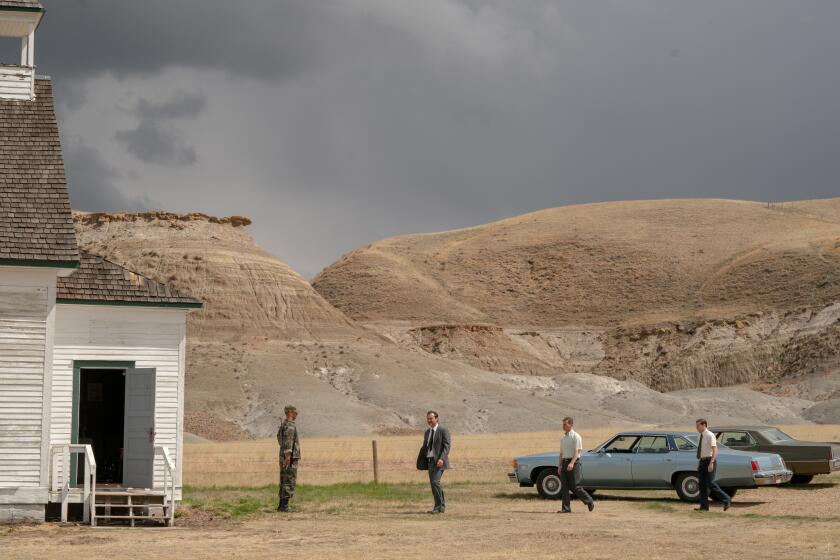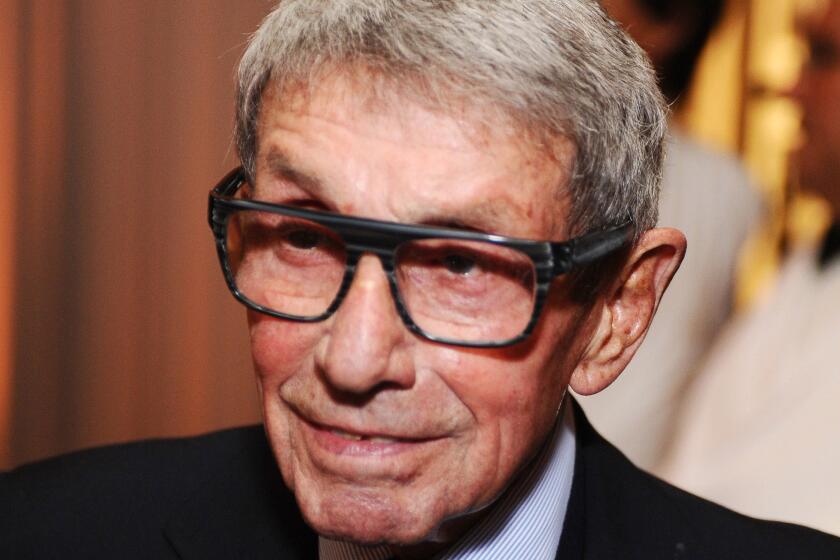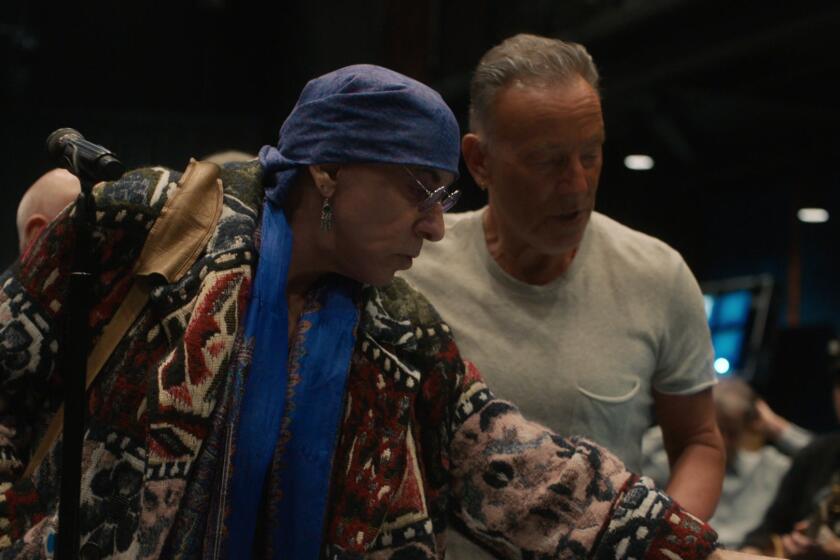‘Kite’s’ tale can’t get off ground
“The Kite Runner” is a house divided against itself. The Marc Forster-directed version of the Khaled Hosseini novel does one part of the story so well that its success underlines what’s lacking in what remains.
Hosseini’s story of how childhood friendship and betrayal in a peaceful Afghanistan played out when its characters became adults was a huge success: The book sold more than 8 million copies in three dozen countries and the movie project attracted the involvement of high-powered companies such as DreamWorks, Sidney Kimmel Entertainment and Participant Productions.
Though Forster is best known for directing Halle Berry’s Oscar-winning “Monster’s Ball,” what probably got him the job here was his work on “Finding Neverland.” That Johnny Depp-starring gloss on J.M. Barrie and the Peter Pan story revealed the director as a truly gifted collaborator with child actors.
True to form, Forster’s work with his two young Afghan stars, Zekiria Ebrahimi as Amir and the irresistible Ahmad Khan Mahmoodzada, giving one of the great child performances as Hassan, feels alive and natural. So much so that it is with a sense of disappointment and regret that we leave their Kabul world and join the flatter, less-nuanced sphere of Afghans exiled in California.
“Kite Runner” starts in contemporary San Francisco, where an adult Amir (“United 93’s” Khalid Abdalla, who learned the Dari language for the part) looks on morosely as children in a park play with kites. He’s a successful author happily married to Soraya (Atossa Leoni), but the title of his book, “A Season for Ashes,” is further proof that fun is not his middle name.
No sooner does Amir return to his apartment than his phone rings and the voice of an old friend of the family brings him back to his past: “There is a way to be good again, Amir,” the voice says, and we immediately flash back a dozen years to the past that this glum individual would understandably like to forget.
Though it was filmed not in Kabul but the remote western Chinese city of Kashgar, home to the Uighur people, the movie’s Kabul is a vivid place, especially in the sequences where the city’s boys engage in kite-fighting tournaments, in which kites with glass-coated strings fill the skies and attempt to cut each other’s lines and be the last one flying.
Partners in kite-flying and best pals in life are 12-year-olds Amir and Hassan. Hassan is the runner of the title, and he has a kite-whisperer ability to run to exactly where the last kite cut down -- the ultimate trophy in these tournaments -- will hit the ground. In many ways, however, these friends are not equals: Hassan is of the minority Hazara tribe and his father is the servant of Amir’s charismatic Pashtun father Baba (a convincing Homayoun Ershadi), one of Kabul’s pre-Soviet invasion elite.
Making their relationship more difficult is Baba’s disapproval of Amir, whose mother died in childbirth. He worries that a son who lets Hassan fight back against bullies for him will not stand for anything when he grows to be a man.
The best thing in “Kite Runner” is the way Forster’s direction and David Benioff’s adaptation help the young actors capture the real camaraderie between the boys. Young Mahmoodzada is so good that it is especially painful when a truly dreadful situation develops and Amir feels, with reason, that he has let Hassan down. Out of guilt, he makes things between them worse, which is why, years later in California, he is still wearing that hangdog look.
One reason the movie version of “The Kite Runner” gets into trouble despite being faithful to the book is that things play differently on screen than they do on the page. Even though Amir’s actions are identical in both places, on the page, because he is the narrator, we have an instinctive sympathy with him. On screen, he is presented as one of many characters, and though we understand why he feels so glum so much of the time, it is not as involving to be with him as an adult as it is as a child.
This problem overhangs all of the adult Amir’s actions, from his relationship with his father to his courtship of his wife to his decision to return to Afghanistan (six beardmakers were employed in making the Taliban sequence believable) in an attempt to right that ancient wrong. It’s all acceptable enough in a discreetly sentimental way, but it lacks the life that animates the flashback sections. “The Kite Runner” may fly, but it never soars.
--
“The Kite Runner.” MPAA rating: PG-13, for strong thematic material including the sexual assault of a child, violence and brief strong language. Running time: 2 hours, 2 minutes. In general release.
More to Read
Only good movies
Get the Indie Focus newsletter, Mark Olsen's weekly guide to the world of cinema.
You may occasionally receive promotional content from the Los Angeles Times.











